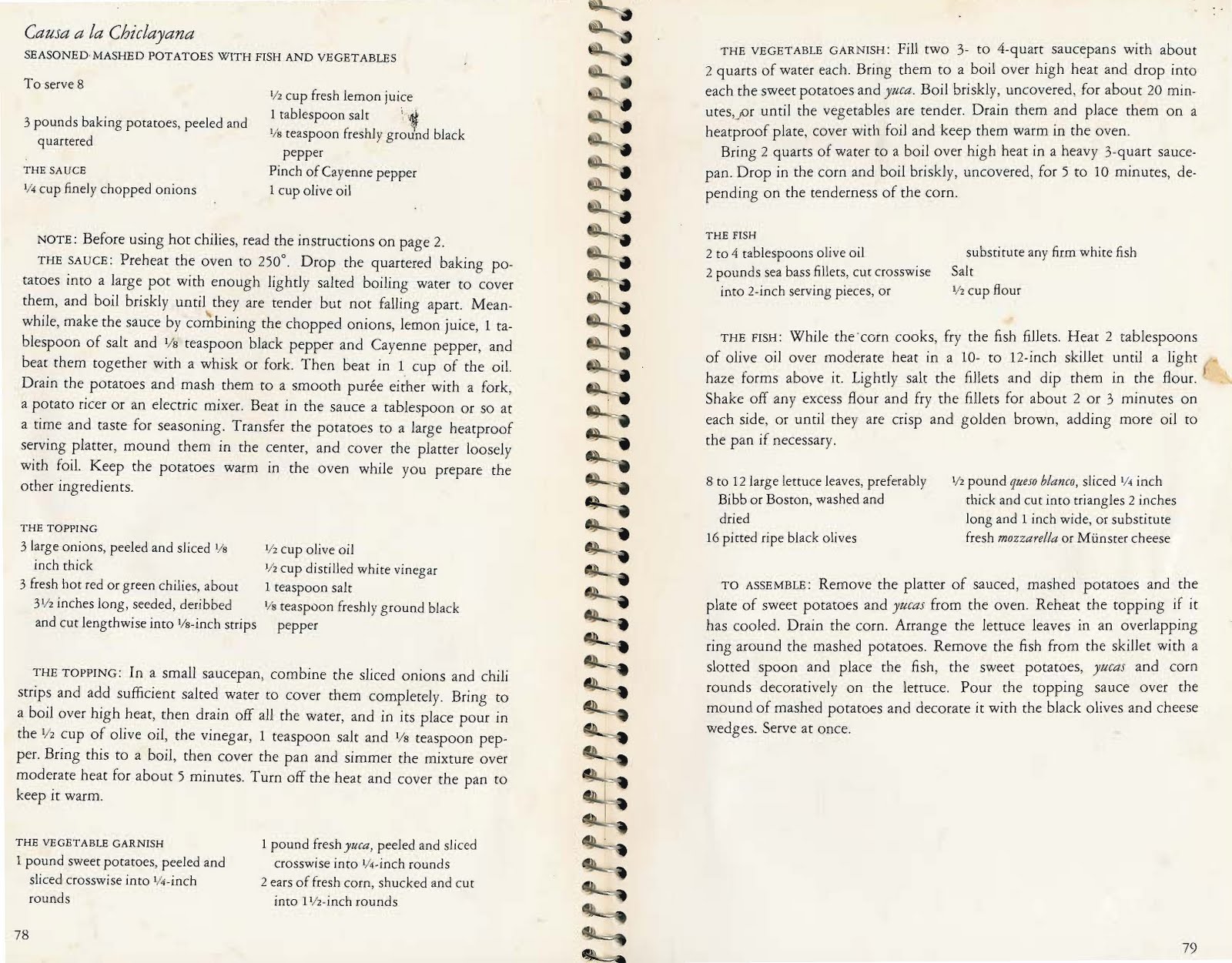Childe Harolds Pilgrimage Lord Byron English Literature Essay.
One of the most famous work of Lord Byron became the poem “Childe Harold’s Pilgrimage”, which is a lyrical diary, in which the poet expressed his attitude to life, gave his assessment of his era, European countries, the social conflict in the society.
BoozerEnglish11495The Byronic Hero In Byrons poem, Childe Harolds Pilgrimage the main character is portrayed as a dark brooding man, who doesnt like society and wants to escape from the world because of his discontent with it.

While Byron was writing Childe Harold’s Pilgrimage, he was himself traveling; he visited all of the places he described in the poem. When the first two cantos were published in 1812, he became an.

A review of Byron’s poem “OChilde Harold’s Pilgrimage”. In ByronOs poem, OChilde HaroldOs PilgrimageO the main character is portrayed as a dark brooding man, who doesnOt like society and wants to escape from the world because of his discontent with it.

Childe Harold’s Pilgrimage. Byron was already an established writer by 1812, but with this work he replaced Sir Walter Scott as England’s most popular poet. His audience was eager for material dealing with the Near East, and this he supplied.

Childe Harold’s Pilgrimage Childe Harold’s Pilgrimage was the poem whose publication caused Byron to remark, “I awoke one morning and found myself famous.” Published in 1812, it did indeed bring him fame and literary renown. Fortunately, Byron was preternaturally self-aware and he greeted his newfound celebrity with amusement.

Childe Harold’s Pilgrimage, autobiographical poem in four cantos by George Gordon, Lord Byron. Cantos I and II were published in 1812, Canto III in 1816, and Canto IV in 1818. Byron gained his first poetic fame with the publication of the first two cantos. “Childe” is a title from medieval times.

Byron envisioned Childe Harold’s Pilgrimage as a poetic travelogue of his experiences in Portugal, Spain, Greece, and Albania, areas of Europe not under Napoleon Bonaparte’s direct control.

Lord Byron wrote a long poem, published in cantos, about a pilgrim named Childe Harold who he modeled after himself. The journeys he goes on are similar to the ones Lord Byron encounters in his lifetime. The speaker in Lord Byrons Childe Harolds Pilgrimage is Childe Harold. In Canto IV, he.

Childe Harold's Pilgrimage (There is a pleasure in the pathless woods) - There is a pleasure in the pathless woods There is a pleasure in the pathless woods - The Academy of American Poets is the largest membership-based nonprofit organization fostering an appreciation for contemporary poetry and supporting American poets.

Childe Harold's Pilgrimage. Written after Byron had lost two of his friends, his mother, and his dog in the same six-month span, this segment of Childe Harlod's Pilgrimage reflects Byron's melancholy about the prospect of a long life with much loss. Ever one to live in the moment, Byron here points out that one of the major pitfalls of advanced.

Journal Analyzing the Byronic Hero and Lord Byron’s Writing Styles - A Journal Analyzing the Byronic Hero, Those who Closely Resemble the Hero, Byron’s Writing Styles and Literary Criticism (Journal entry 1, Defining the Byronic Hero) The Byronic Hero is a term derived from the poetic narrative, Childe Harold’s Pilgrimage, by Lord Byron.

Lord George Gordon Byron, Childe Harold's Pilgrimage (1812) This semi-autobiographical epic made Lord Byron famous. Written during his two-year post-college tour of Cambridge, the poem is about a disillusioned young man who has had his fill of pleasures (sound familiar?).


